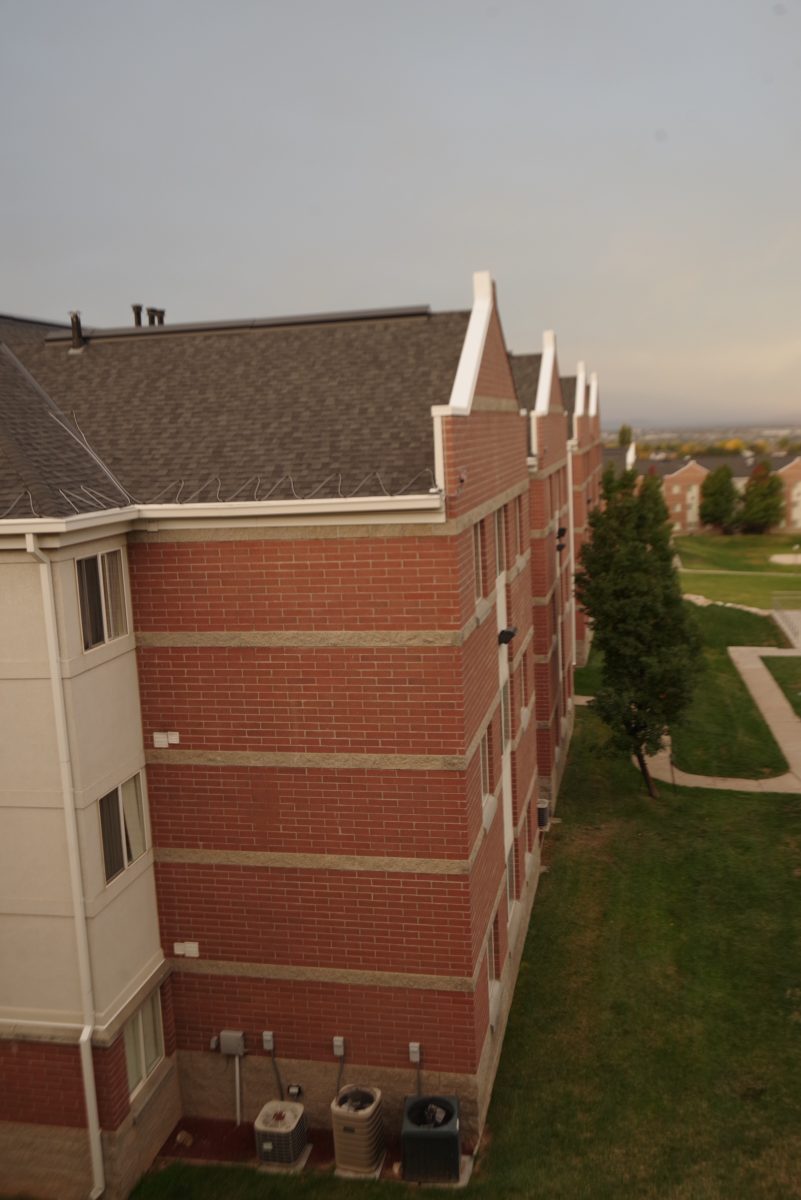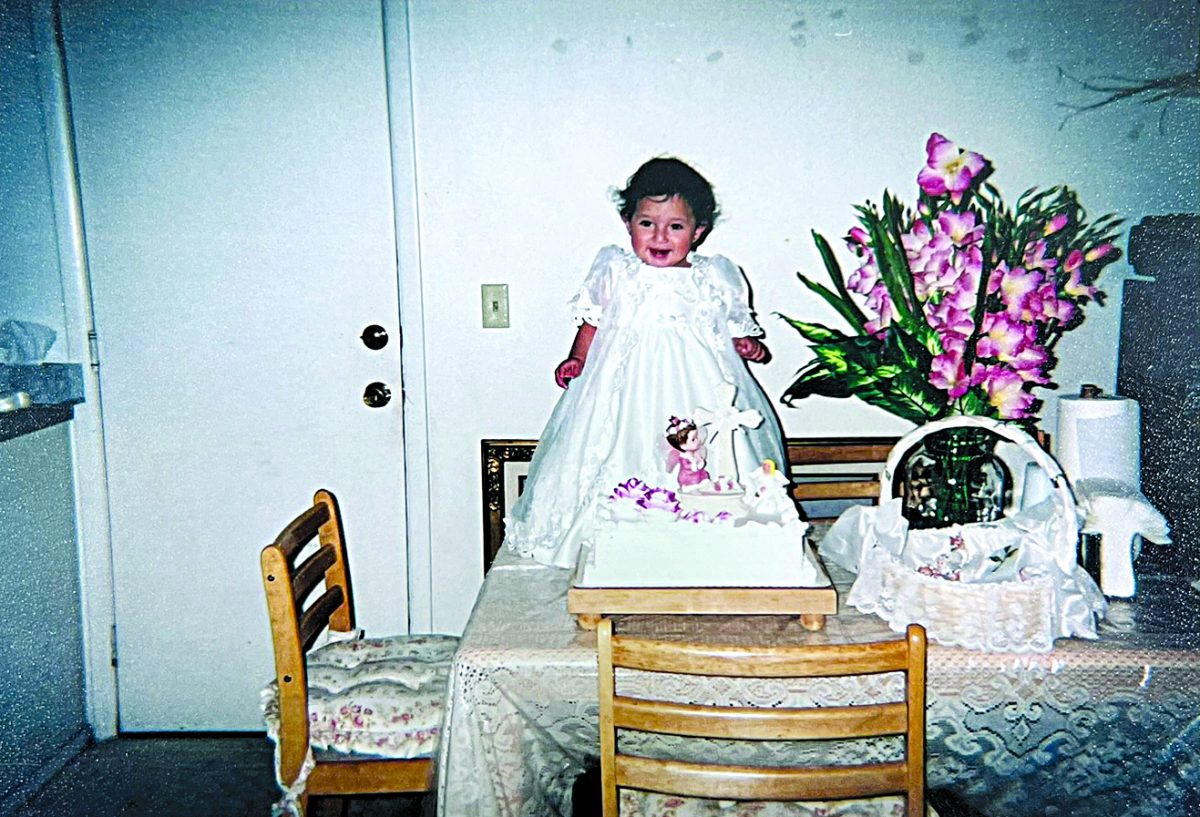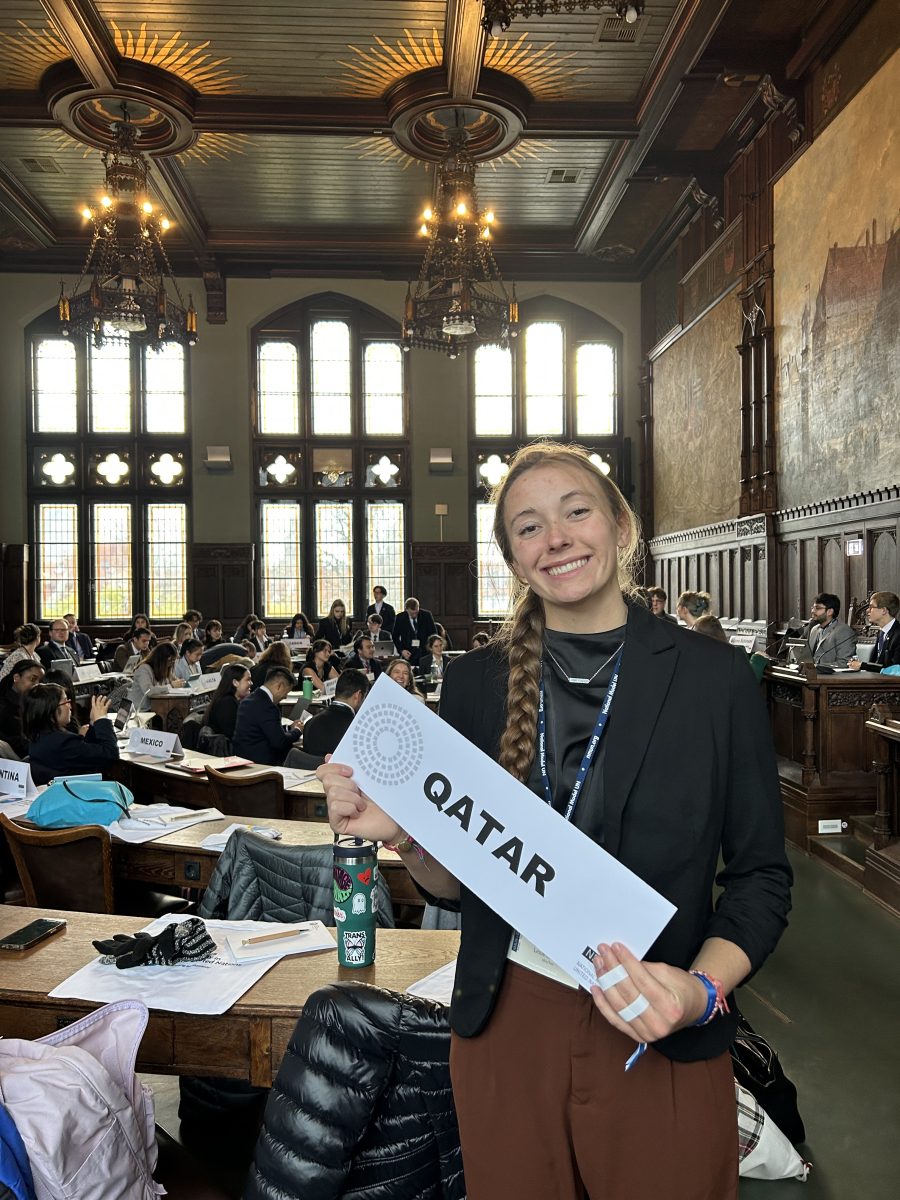Weber State University is a university made up of over 30,000 students, as of fall 2023. However, only 4% of these students live on campus, even though WSU housing boasts a lengthy waitlist.
WSU has two types of housing: traditional dorm-style in Wildcat Village and apartment-style in University Village.
Wildcat Village has three buildings with three floors each, and University Village has five buildings with three floors each. Though the buildings vary in age, set-up and affordability in order to provide options to students, there still isn’t enough housing on campus.
As of fall 2022, less than 1,200 of WSU’s over 29,000 students were able to live on campus. Because WSU is more of a commuter school, students are less likely to be engaged on campus because they live so far away. If WSU wants more student and community engagement on campus, more campus housing could be the start to building that.
Not only should WSU add more dorm and apartment-style housing, WSU needs to invest in family/married housing. According to an article from ABC4 from January, Ogden ranks second in the state for Gen Z marriage rates, with 13% of Ogden’s Gen Z population being married, behind Provo with 40%.
Universities of similar sizes and populations like Utah State University and the University of Utah have family housing available for students. With over 50% of WSU being non-traditional students, married/family housing could increase WSU’s retention rate.
The university recently hit its retention goal of 60% after the first year, but providing family housing in the expensive Utah housing market could help students who are married or have children stay in school. The university already provides childcare through its non-traditional center and family housing would be an addition to the resources to students on campus.
WSU briefly offered family housing in 2005 for $600 a month for up to 24 couples in the LaSal and Stansbury Halls, which are now closed and demolished.
“Daniel Kilcrease, director of Housing and Residence Life, said that more than 40 people have already contacted his office about married housing and 12 couples have committed to moving in,” a July 2005 WSU release stated.
The success of the short-lived family housing proves that more WSU family/married housing could be beneficial to the university’s campus and community.
Though WSU is working on creating more dorm-style housing, it would be beneficial to also focus on more apartment-style and married housing in order to strengthen WSU’s community and to raise retention rates for students who may not be able to afford off-campus housing and the cost of tuition.
















